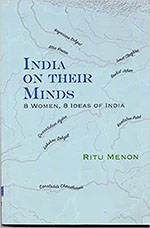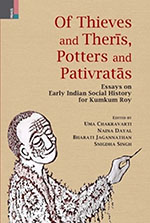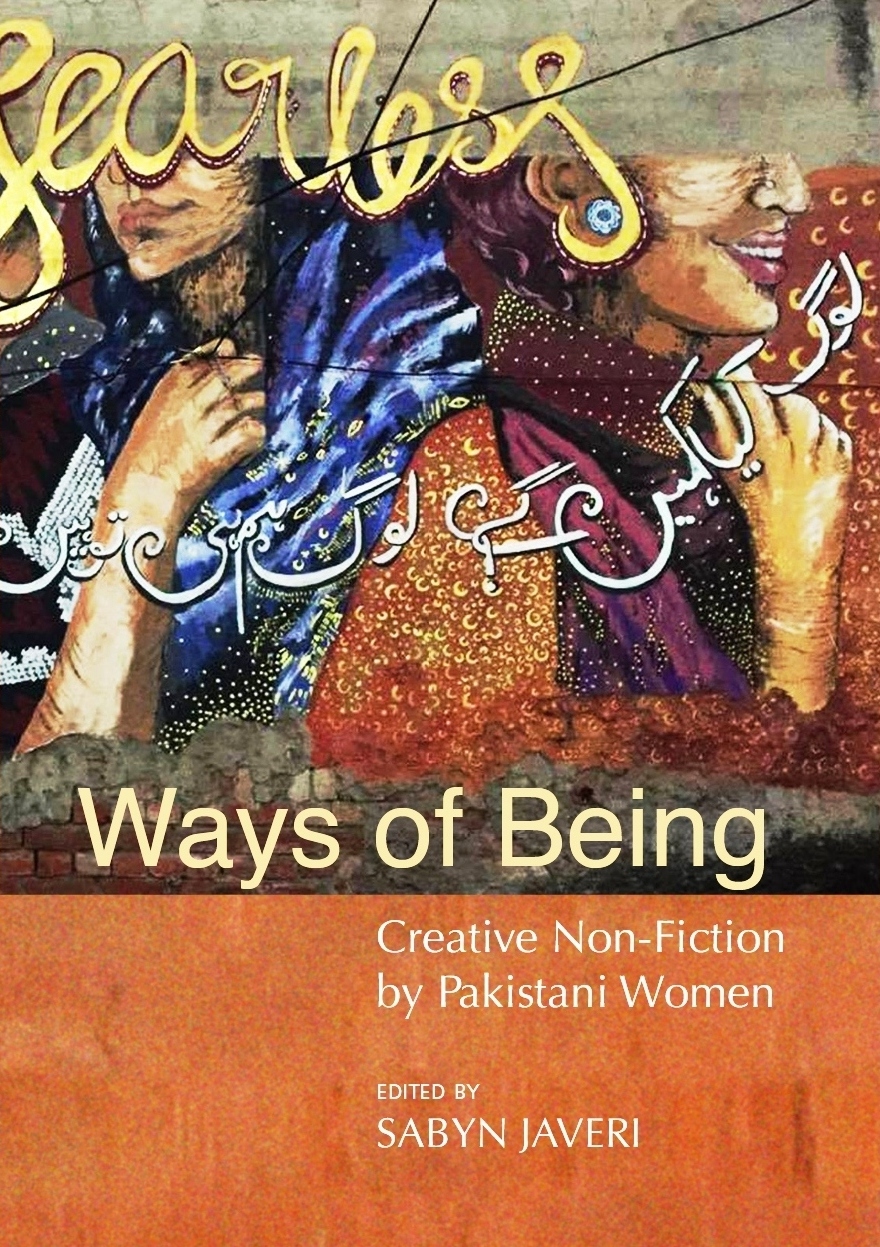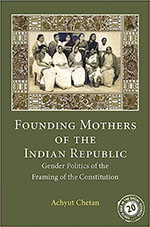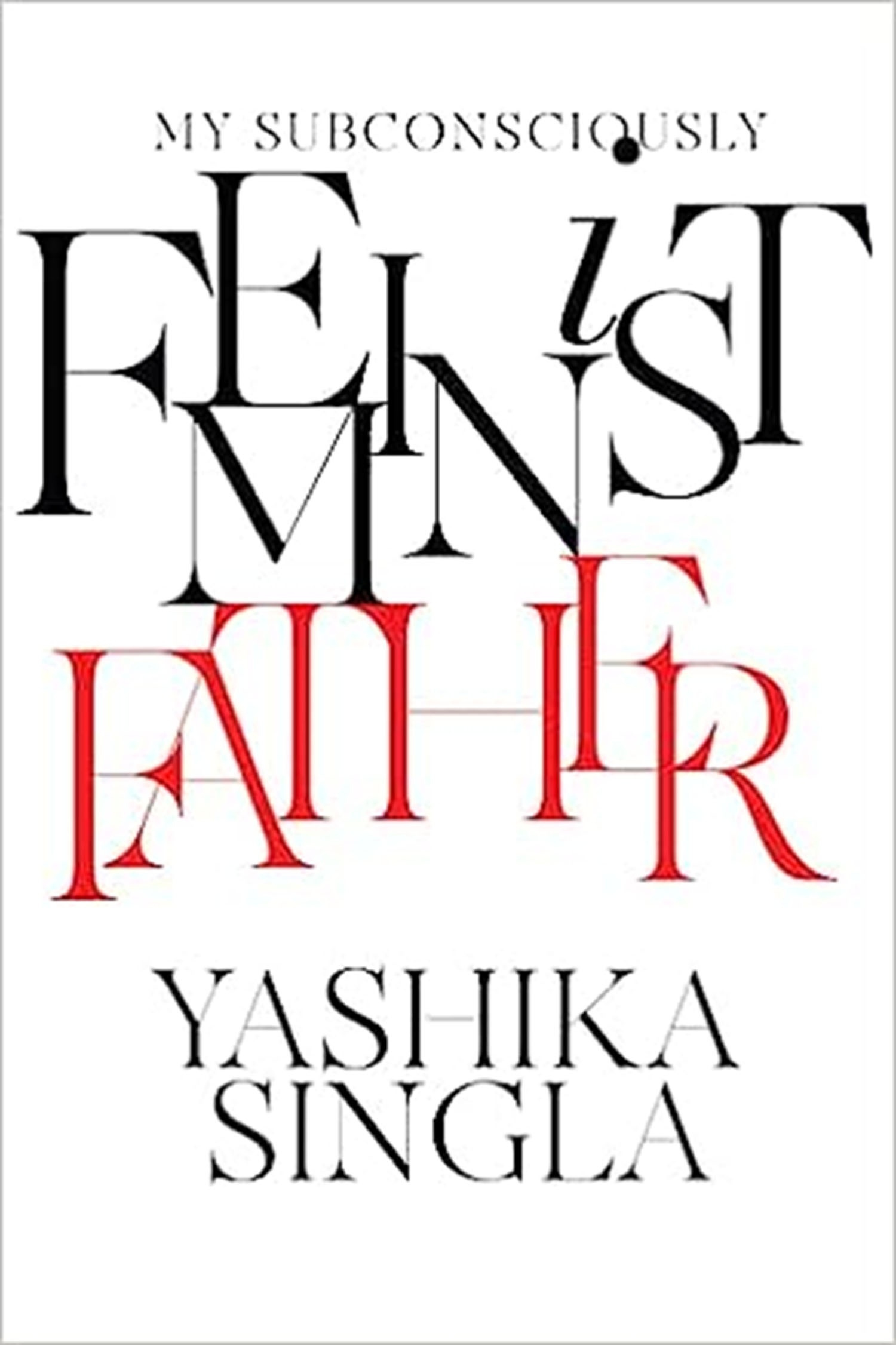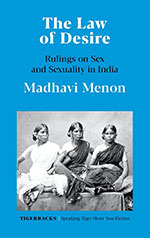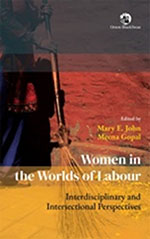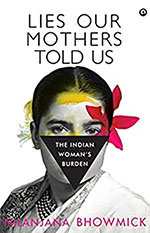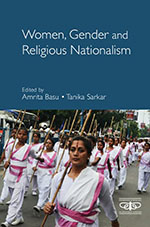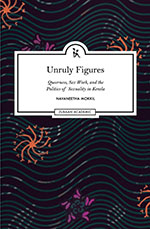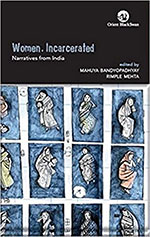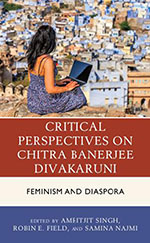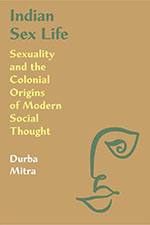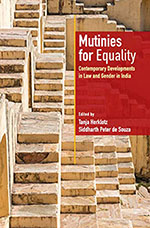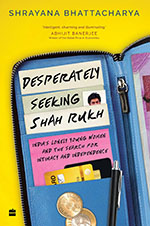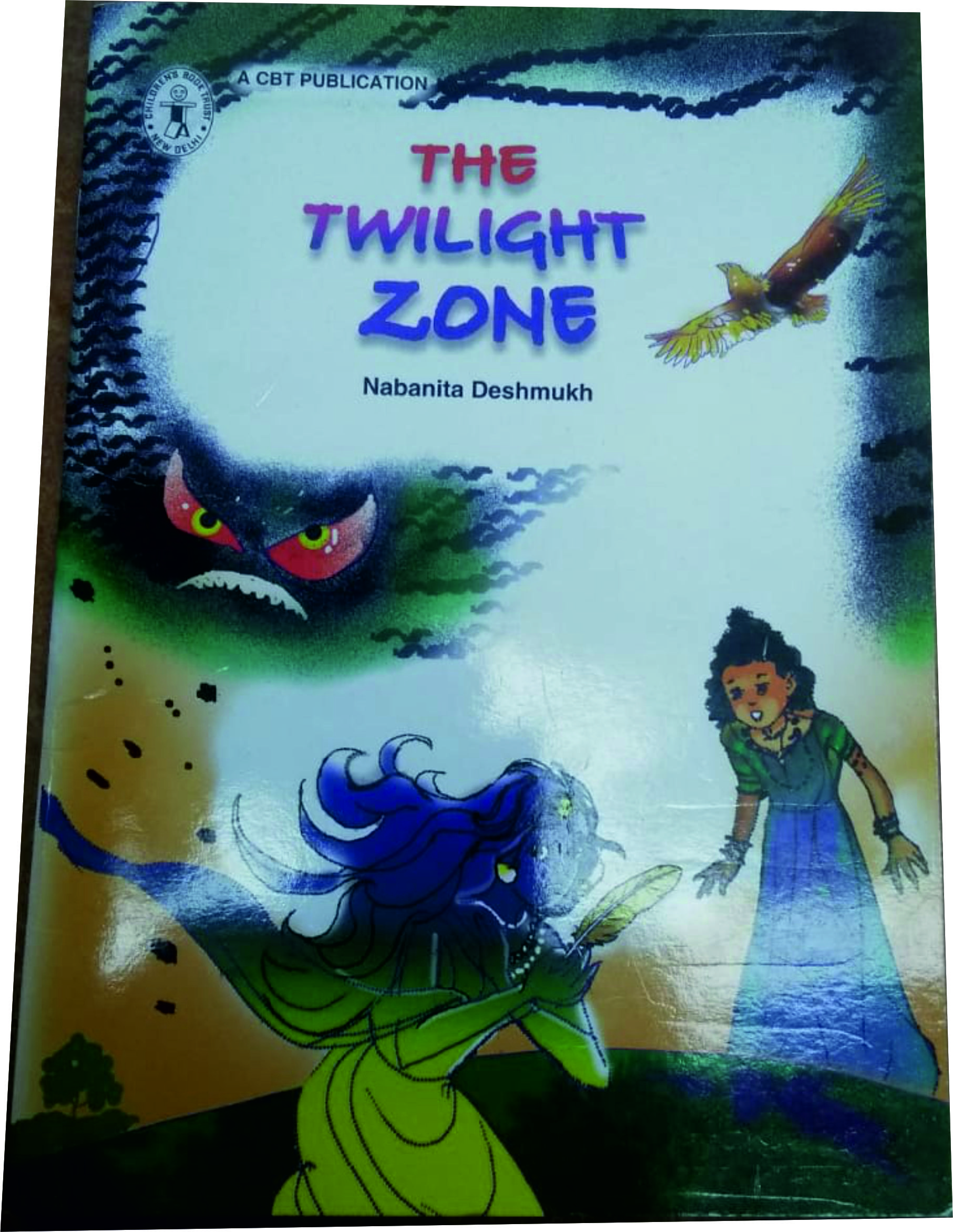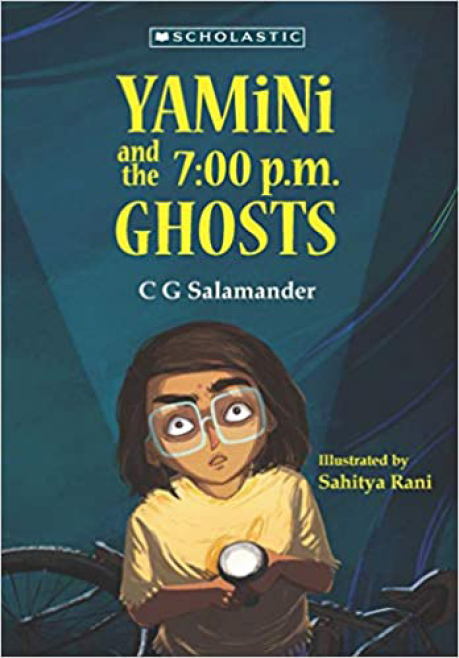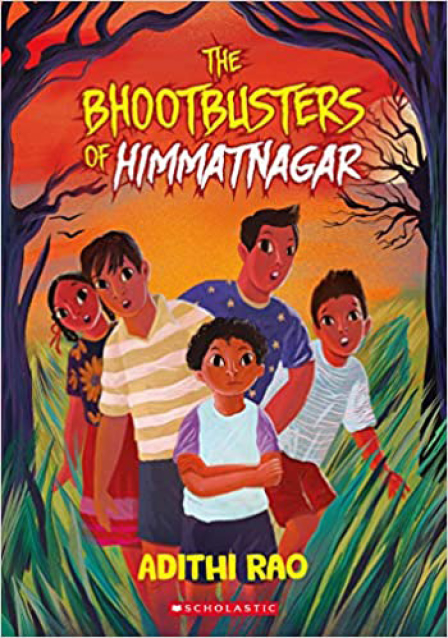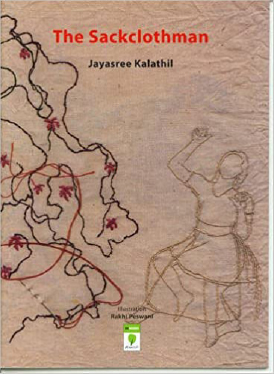Gender
This slim volume is a sparkling crystal that could inform our celebration of the Diamond Jubilee of our nationhood.
2023
What comes out clearly is the extent of the work and influence that Kumkum Roy’s own research have had on a range of aspects of early Indian history—gender, of course, but also questioning the texts, minutely, meticulously and critically examining these texts, and then developing new ways of understanding the past.
These fifteen essays by Pakistani-origin women in this collection,Ways of Being, break this mould. Ruminative, reflective, often very introspective, they are honest, thoughtful examinations of our present realities; of personal fates; of ‘Life’ in both its grand and paltry confusions.
This book details the debates on some of the key issues in the Constituent Assembly and the interventions made by the members who were women. (It repeatedly refers to them as women members, this is at odds with the current practice that eschews such ways of referring to people as lady doctors or women cricketers and so on.) Of these issues, the author attaches considerable importance to the question of separate and joint electorates.
If feminism was a colour, we would all be colour blind. It is, by nature, a fiddly matter; one that people trip over, trying to understand. It is both an aesthetic and a burden for the modern world we live in; a jigsaw puzzle with a missing piece if you like. The metaphors are endless, like its many (mis)interpretations. Enter Yashika Singla. Colour corrected glasses in hand, theories tucked under her arm, ready to clear the fog around feminism—the word, its meaning, and its practice.
Most books in which the central theme veers around ‘women’ tend to focus on issues of equity, equality, gender justice, patriarchy, emancipation and empowerment. The book under review, true to its title also does this, but in a style, manner and context which is not combative or radical. The text is indeed very gentle and sensitive to how women and their issues are represented.
Menon covers an array of issues revolving around the idea of ‘desire’ through the paradigms of sexuality(s), politics, culture, and so on. Looking at how Indian law shapes our understanding and limits of desire and how desire has had a similar relationship with the law, creating normative and descriptive imperatives, she backs up almost every claim she makes by factual data in case law, historical evidence, or academic works, over the course of six chapters.
Women in the Worlds of Labour, originating in a conference on the same theme in 2014, brings wide-ranging critical and theoretical approaches into conversation with one another. While not claiming to be comprehensive, the editors lay out the analytical and historical importance of an interdisciplinary and intersectional perspective on the subject.
The issue of gender in India is a complicated one—a society that is marked by a dividual sense of individuality—the ‘woman’ may find herself diluted in the various roles and versions that threaten to drown her and her voice, and surely even her desire. The struggle for being acceptable, needed, and valued may be so intense that it is seen to be bargained for one’s own sense of self. It is going to be difficult to review a feminist writing without bringing in all the other authors who have so prolifically written on the subject, but I am going to stick to the book at hand.
Decentring the gender discourse has emerged as a vital task for those seeking to understand the unprecedented expansion of Hindutva politics and the social and political ground it has gained since the erstwhile Jan Sangh won just two seats in the Indian Parliament in the year 1982. To dismiss the ‘gender’ of the political formation as conservative could be superficial, pernicious or simply convenient; a closer and more incisive examination of the women of Hindutva remains the need of the hour, to use a cliché.
There is a lovely story in Navaneetha Mokkil’s Unruly Figures describing a moment from the sex worker and activist Nalini Jameela’s Autobiography of a Sex Worker. Jameela, used to doing sex work in a darkened room, is asked by her client to go into the light so he can see what she looks like. His face lights up when he sees her, and Jameela realizes for the first time that she is beautiful. Mokkil likens this to how we often ‘see’ ourselves through others.
According to the National Crimes Record Bureau data available in 2016, there is a total of 20 women’s prisons in India, housing more than 3000 inmates. Tamil Nadu has the largest number of women’s prisons, five, and they are less than half full; while West Bengal, Delhi and Maharashtra each have one women’s prison and have more than full capacity of inmates.
Like the Draupadi and Sita that she created in her memorable novels, Chitra Banerjee Divakaruni emerges in this book as a strong and questioning woman who turns received knowledge on its head. A compendium of academic essays on her works captures the genres of novel, short story and poetry while the interviews with Divakaruni along with her autobiographical note give this book an admirable range.
There is no gainsaying that violence has been instrumental in creating and shaping societies. Less attention has been paid to shame and guilt—emotions that rarely show up in discussions on politics and society. Durba Mitra places these ideas front and centre in her devastating explication of the history of the linkages between notions of sexuality and their impact on the evolution of social thought in colonial India.
Mutinies for Equality: Contemporary Developments in Law and Gender in India edited by Tanja Herklotz and Siddharth Peter de Souza is an attempt to examine gender inequality in India on the basis of doctrinal and empirical research in multiple sites. Titling the volume ‘Mutinies for Equality’, the editors argue, is a ‘recognition of the many battles that have been and continue to be fought to bring out greater gender equality in India and their implications for wider systemic transformations’ (p. 3).
‘You can become a philosopher after you become rich.’—Shah Rukh KhanActor and superstar Shah Rukh Khan, the object of the intelligent Indian woman’s fantasies, warns of the perils of getting lost in intellectualizing life before securing its material bases.
2020
The Grumpy Man makes for a delightful reading experience. Illustrated by Suvidha Mistry, the scenes are set so beautifully that children are sure to have a blast reading this short story by Cheryl Rao.As the title suggests, the story is about a grumpy man and the kids in the neighbourhood who are wary of him. Their curiosity is aroused and they want to know about this grumpy man who is not moved even by their good deeds. Their childhood pranks are always met with disapproval. On holidays, they would leave sweets for him at his doorstep but even that gesture does not endear him to them…
Yamini and the 7:00 pm Ghosts is a story by CG Salamander that revolves around 12-year-old Yamini and her friends discovering the mystery of ghosts in their neighbourhood. The story begins with Yamini hearing the rumours about ghosts in her neighbourhood that come around 7 in the evening. Everyone in the neighbourhood is scared of these ghosts, including Yamini’s friends. But Yamini doesn’t believe in the rumours. Therefore, she tries to solve the mystery…
Once cheerful and sunny, the village of Himmatnagar has changed in the past month since the mysterious deaths of three of its nativesRam Nayak, Chintamani, and Reddy. The natives of the village seem to have stopped smiling and are always tense; the police seem to have no leads to the cause of the deaths. Welcome to the village of ‘Himmatnagar: Land of the Brave’, formerly known as ‘Phattupur: Village of Cowards’.Adithi Rao in The Bhootbusters of Himmatnagar brings the village canvas alive—the trees, the ponds, the local school, the expansive farmlands, and the village cemetery. Illustrated by Sayan Mukherjee…
2021
The Sackclothman has been developed for Different Tales: Stories from Marginal Cultures and Regional Languages, an initiative of the Anveshi Research Centre for Women’s Studies, Hyderabad. To be honest, I judged this book by its cover–in fact, I was totally intrigued by it. The illustrations by Rakhi Peswani are commendable. The story evokes the familiar imagery from Rabindranath Tagore’s famous story ‘Kabuliwala’. There is a young girl, an ‘outsider’, a social outcast; and the familiar attachment between the two of them. It even has the same gut-wrenching scene of the outsider being taken away from society after establishing a tender bond with the little girl…

